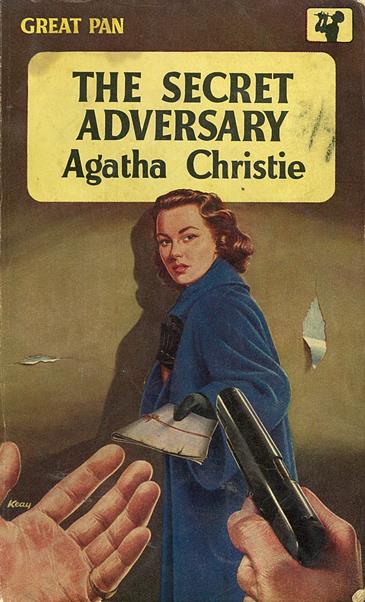I found this at the Lifeline bookfair:
Its a bit of an oddity, because it's a paperback with a - gasp! - dust jacket! I've never encountered one like this before, and I suspect I won't find a second one in a hurry.
THE STARS ARE DARK belongs to Peter Cheyney's 'Dark' series, by which word he denotes his stories of Secret Service and counter-espionage. His books are always based on fact, to an extent that would alarm his readers if they believed it; indeed, he only forsakes fact when it would be a little too incredible to be presented as fiction. Here he gives a glimpse of some of the strange and deadly things that are perpetuated in the name of war; his characters are the men and women who wore no uniforms and won no medals, who were prepared to sacrifice everything, who stood to gain precisely nothing. The story is told in that tense, gripping style that is his hallmark.
A sailor has arrived in Britain from Nazi-occupied Morocco, and says he has some intelligence on enemy troops stationed there. The question is: can he be believed? Or is he peddling misinformation? This is what our agents set out to discover, and the plot involves several layers of deception, and more than one double-cross.
As far as spy stories go, this book stands a lot closer to John Le Carré than Ian Fleming. There's no glamour here, no travel to exotic locations, no high-tech gadgets. Instead
The Stars are Dark is set in wartime Britain, and the action takes place in some decidedly un-glamorous locales. What's more, two agents are killed in the course of this story, and a third appears to be sliding slowly into depression as he realises the long-term cover he has adopted has left him isolated from everything he holds dear.
However—this book was first published in 1943, and for obvious reasons the author couldn't let the
Nazis win. So there is a happy ending of sorts: most of the protagonists survive, and the villains are thwarted. One character even gets to escape the world of espionage which is the best anyone in
The Stars are Dark could hope for.























